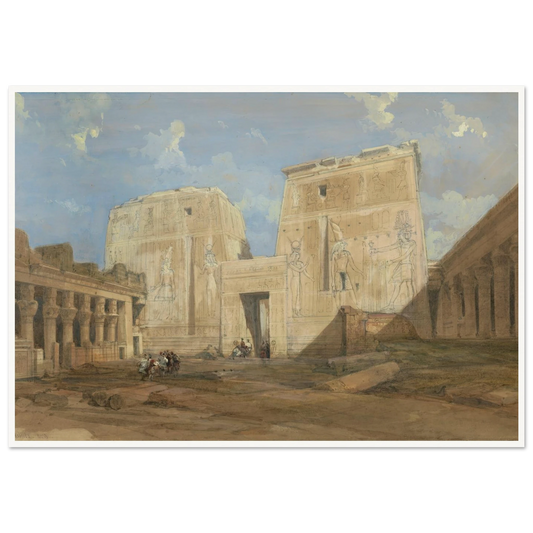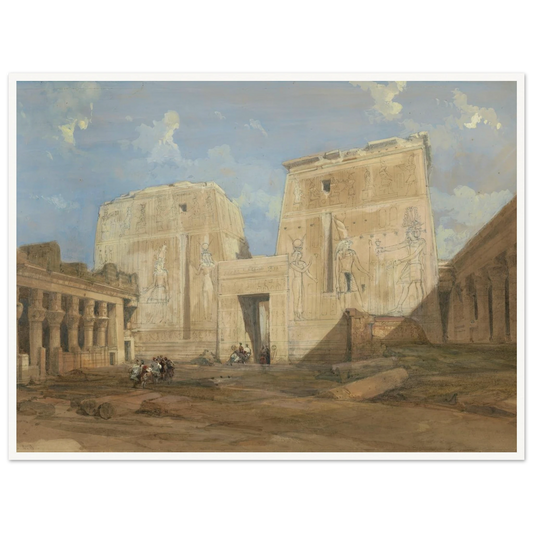David Roberts was a celebrated Scottish painter and lithographer best known for his highly detailed architectural and landscape scenes, particularly of the Middle East and North Africa. Trained as a house painter and theatrical scene painter in Edinburgh, Roberts worked his way into the fine arts with an eye for dramatic composition and architectural grandeur.
His most famous journey began in 1838, when he traveled to Egypt, Nubia, the Holy Land, and Syria, sketching ancient temples, mosques, deserts, and cities. These travels resulted in the monumental publication "The Holy Land, Syria, Idumea, Arabia, Egypt, and Nubia" — a lavishly illustrated series of lithographs that brought the wonders of the East to Victorian Europe and established Roberts as a foremost Orientalist artist.
Roberts combined a romantic vision with remarkable accuracy, capturing both the majesty and decay of ancient ruins with atmospheric precision. Unlike many of his contemporaries, he sketched on-site, lending authenticity and immediacy to his work.
His legacy lies not only in his artistic achievements but also in his contributions to visual archaeology and cultural documentation, offering a rare 19th-century window into landmarks that, in some cases, have since vanished or been altered.
David Roberts remains a pivotal figure in Orientalist art and travel illustration, admired for his technical skill, observational rigor, and grand depictions of civilizations past.



![Hager Selsilis [Gebel el-Silsila]. (1846-1849) Art Print | David Roberts - Framed Poster - 30x40 cm / 12x16″ - Black frame](http://quipham.com/cdn/shop/files/7ce80acc-fc21-4488-b35f-beb32b8ed34d.webp?v=1752147016&width=533)
![Hager Selsilis [Gebel el-Silsila]. (1846-1849) Art Print | David Roberts - Framed Poster - 30x40 cm / 12x16″ - Black frame](http://quipham.com/cdn/shop/files/30a76e8f-32f1-43e3-9534-28073378aaff.webp?v=1752147017&width=533)
![Excavated Temple of Gyrshe [Gerf Hussein], Nubia. (1846-1849) Art Print | David Roberts - Framed Poster - 30x40 cm / 12x16″ - Black frame](http://quipham.com/cdn/shop/files/df2f54c5-5264-40bc-ad67-dad780308d51.webp?v=1752144156&width=533)
![Excavated Temple of Gyrshe [Gerf Hussein], Nubia. (1846-1849) Art Print | David Roberts - Framed Poster - 30x40 cm / 12x16″ - Black frame](http://quipham.com/cdn/shop/files/e08f58bc-9d63-4d0e-9424-2b5d03f9d9cb.webp?v=1752144157&width=533)
![Hager Selsilis [Gebel el-Silsila]. (1846-1849) Art Print | David Roberts - Framed Poster - 30x40 cm / 12x16″ - Black frame](http://quipham.com/cdn/shop/files/39d8c14e-c387-4eba-a0c9-a67a59300c73.webp?v=1752129226&width=533)
![Hager Selsilis [Gebel el-Silsila]. (1846-1849) Art Print | David Roberts - Framed Poster - 30x40 cm / 12x16″ - Black frame](http://quipham.com/cdn/shop/files/fe690c5f-b605-478a-93c5-aac1fef5215b.webp?v=1752129227&width=533)
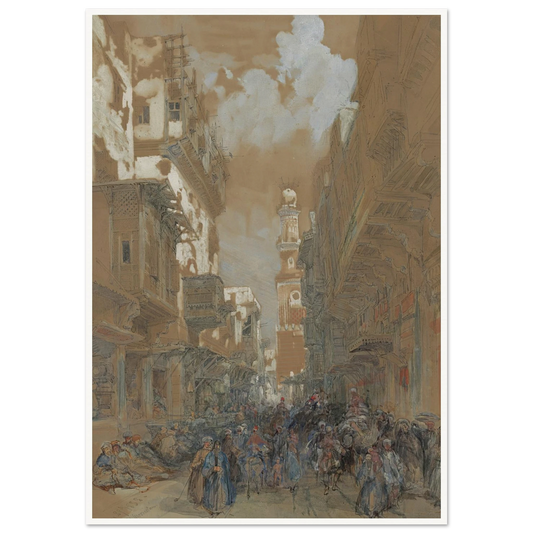
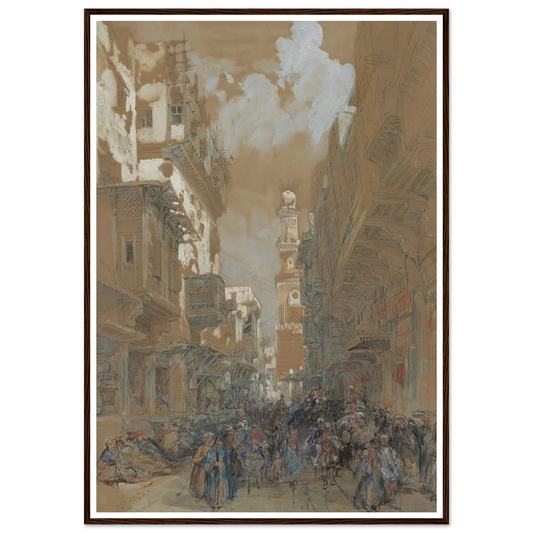

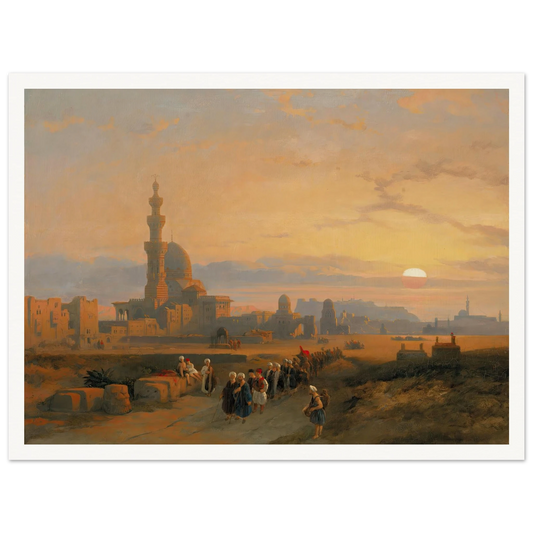
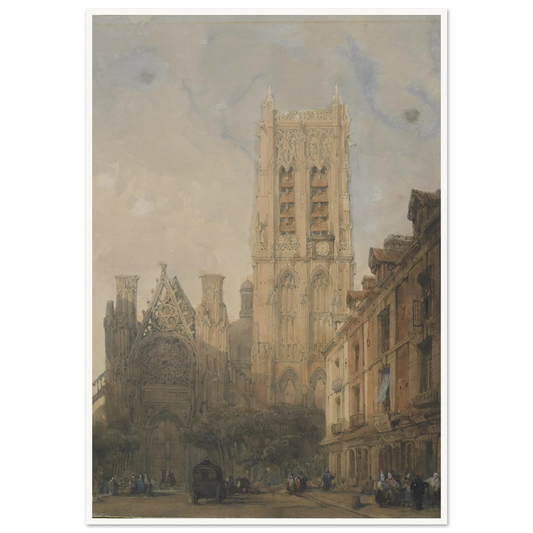

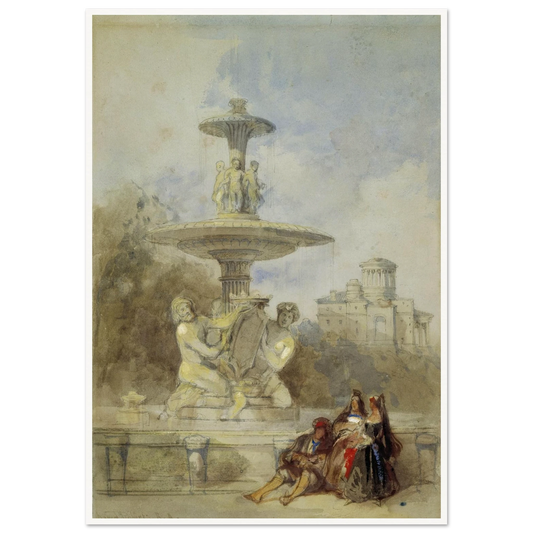
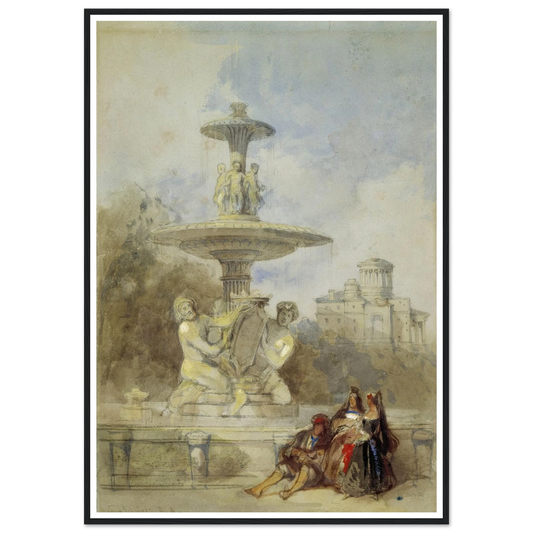

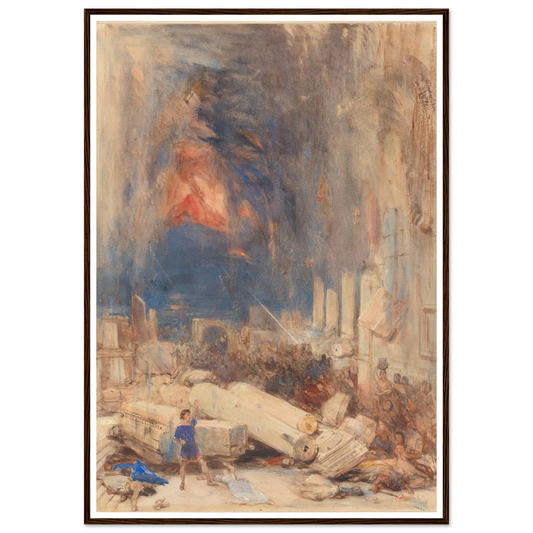
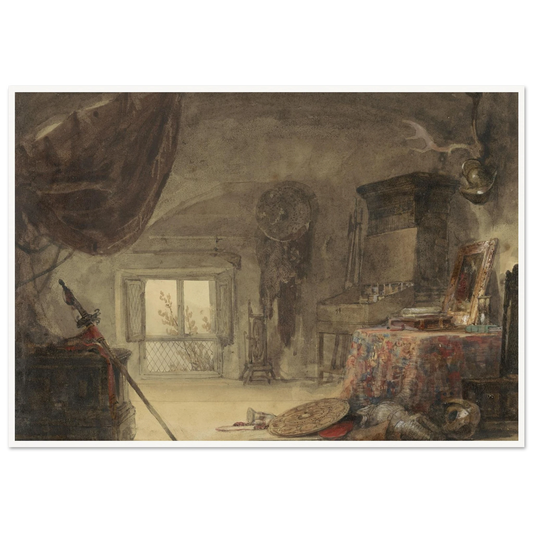
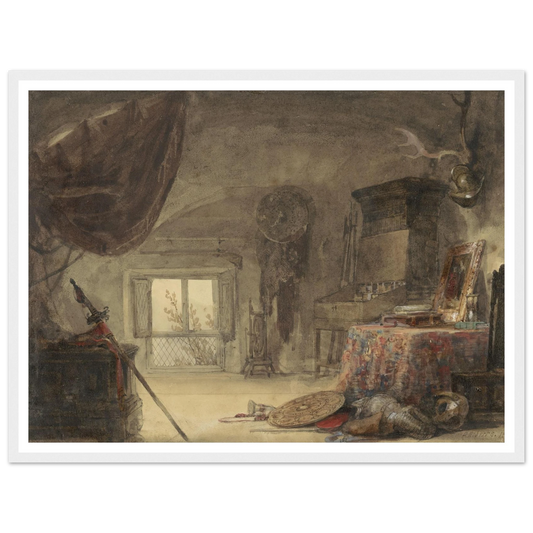
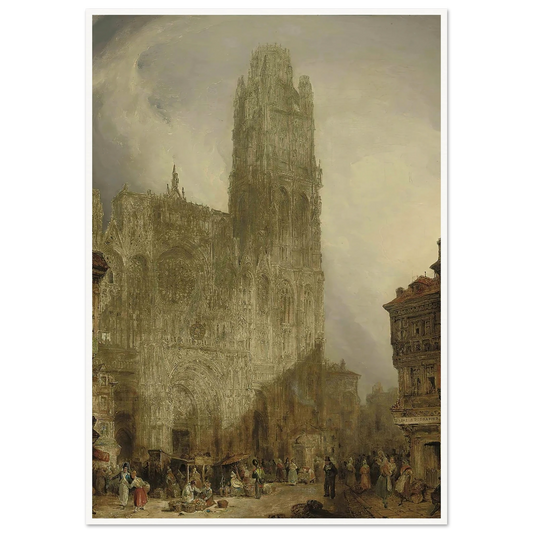
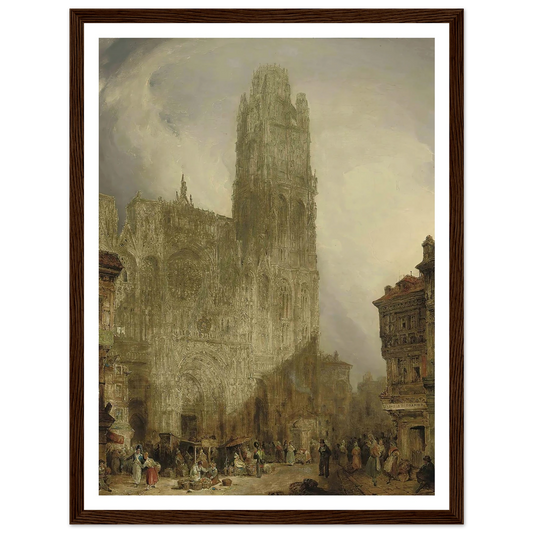
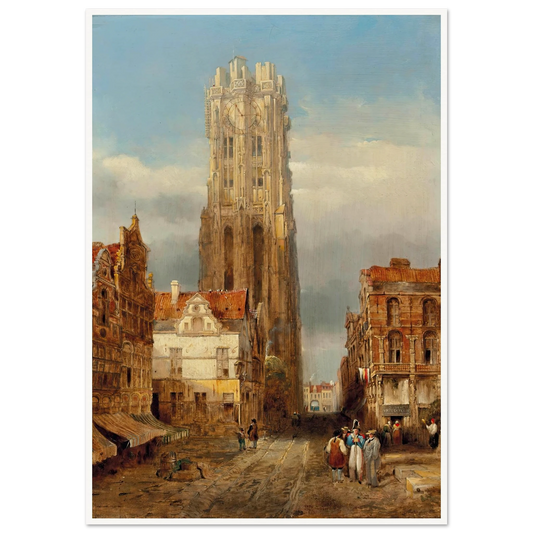
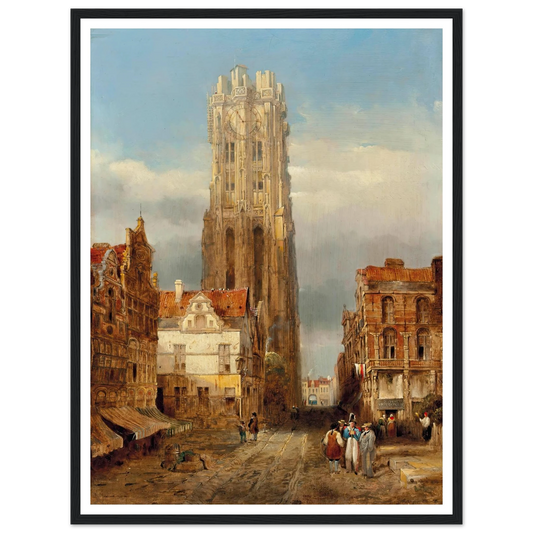
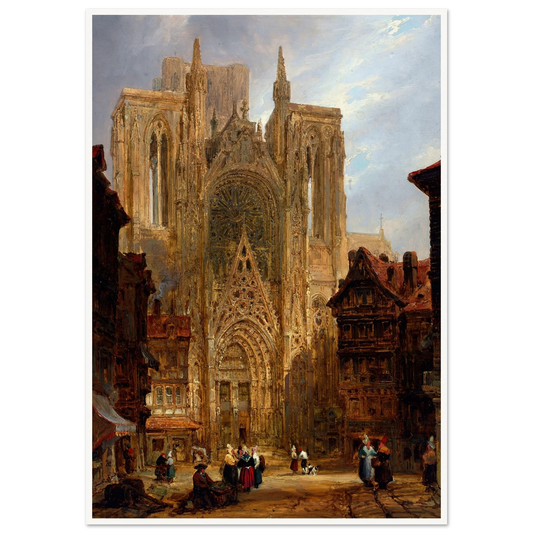
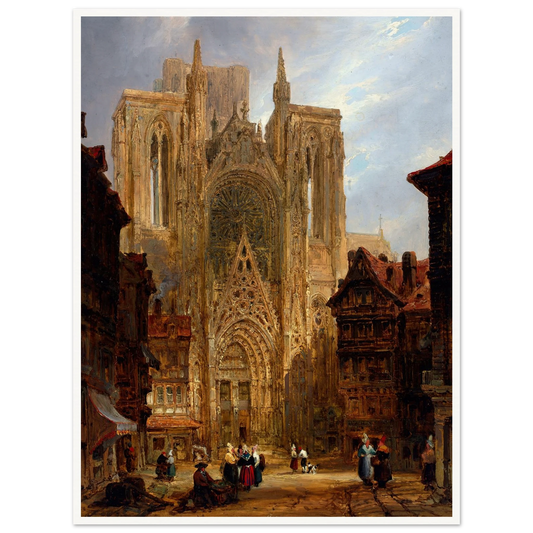
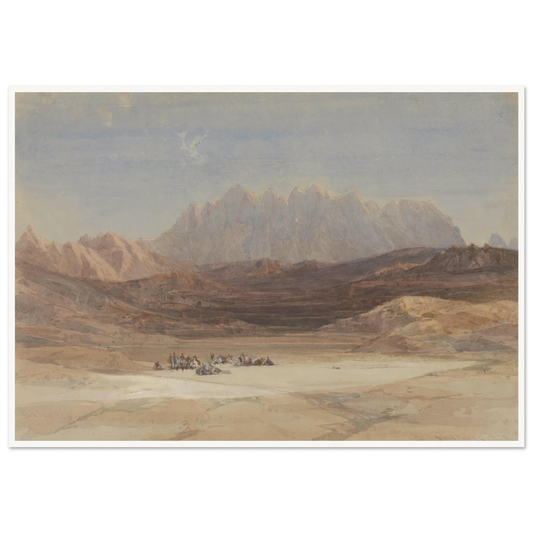
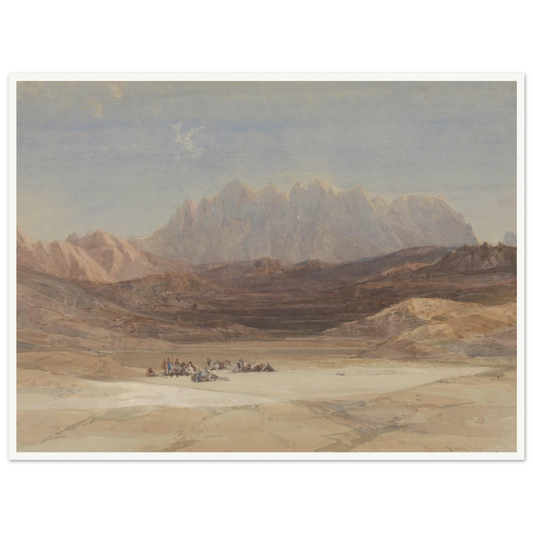
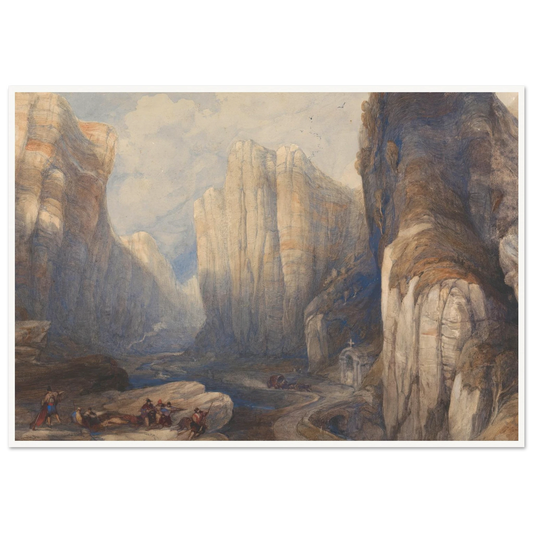
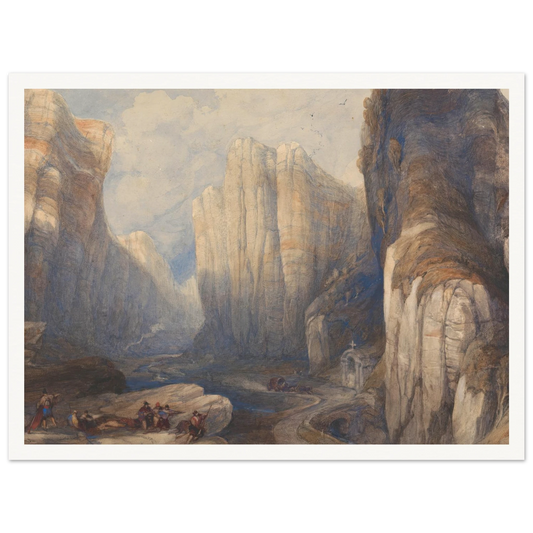

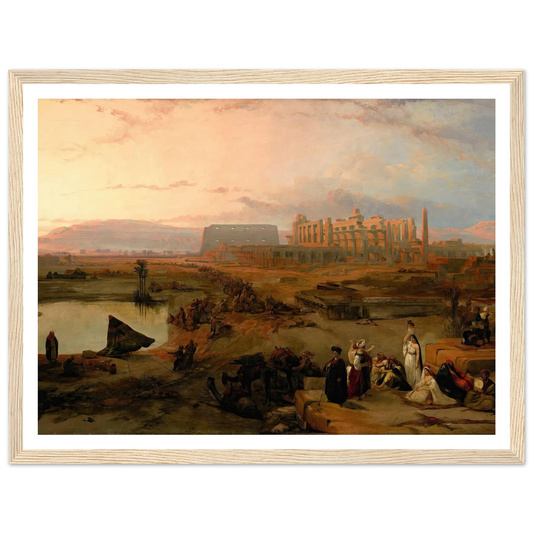

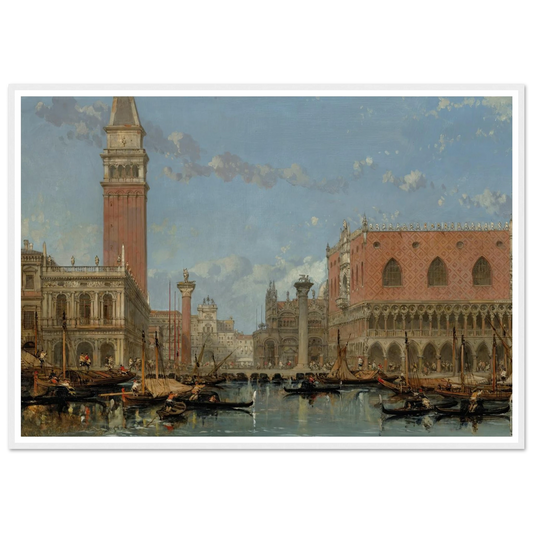
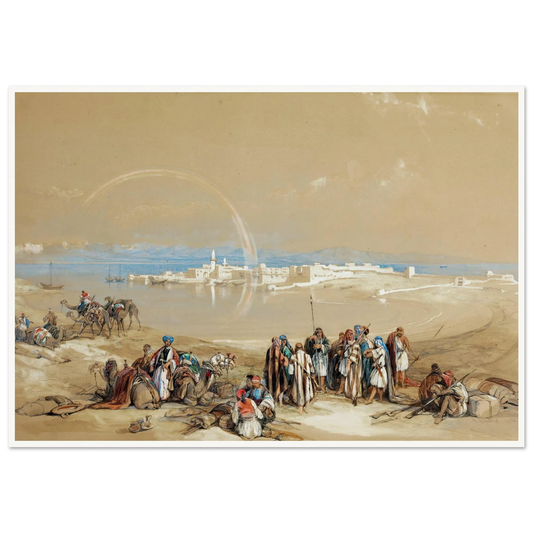
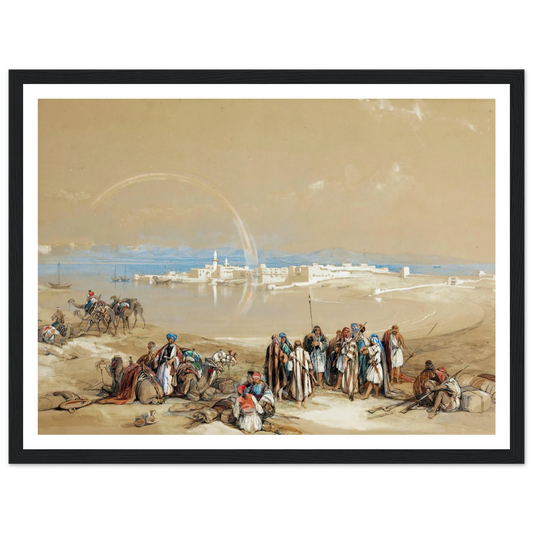

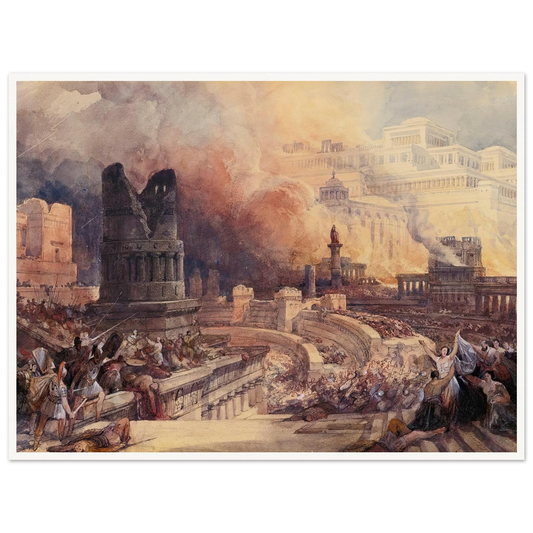
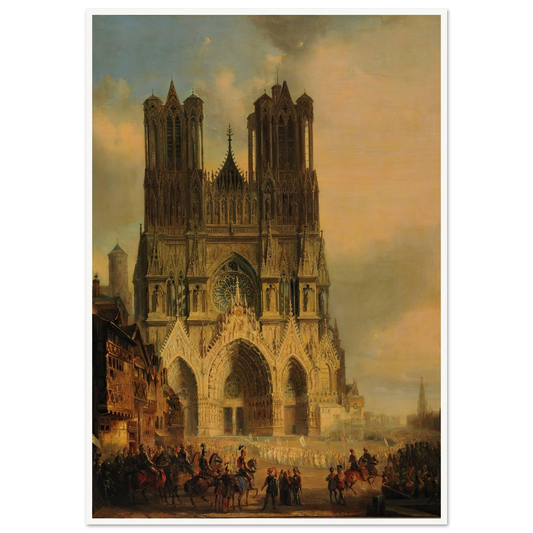
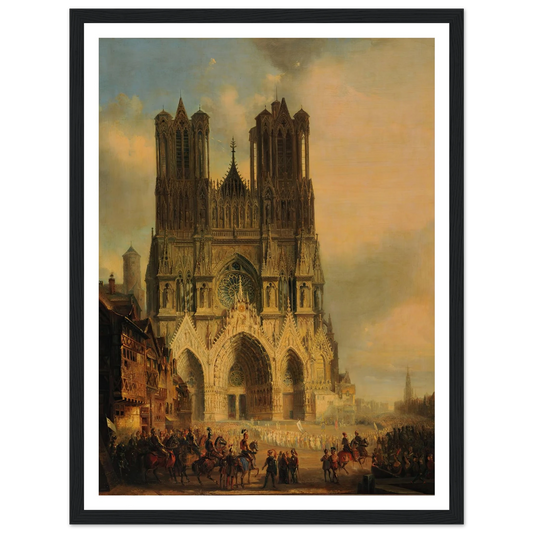
![Interior of the mosque of the Metwalys [Metwalis]. (1846-1849) Art Print | David Roberts - Framed Poster - 30x40 cm / 12x16″ - Black frame](http://quipham.com/cdn/shop/files/9feb94fb-e1d4-44f6-b4b2-c810f6644eaa.webp?v=1752072374&width=533)
![Interior of the mosque of the Metwalys [Metwalis]. (1846-1849) Art Print | David Roberts - Framed Poster - 30x40 cm / 12x16″ - Black frame](http://quipham.com/cdn/shop/files/16a682ca-f187-4cbb-9f81-08ddfc36262c.webp?v=1752072375&width=533)
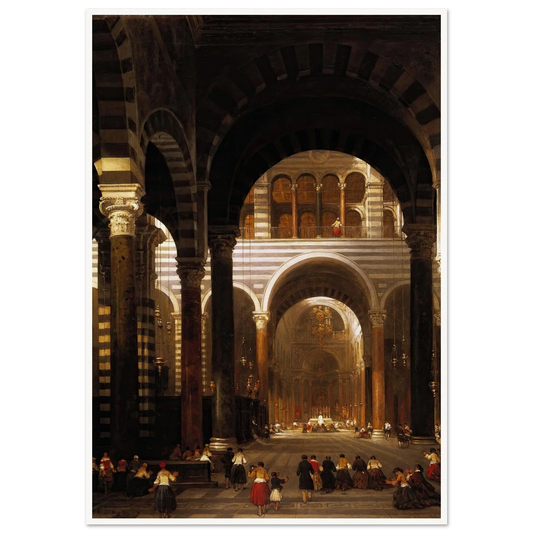


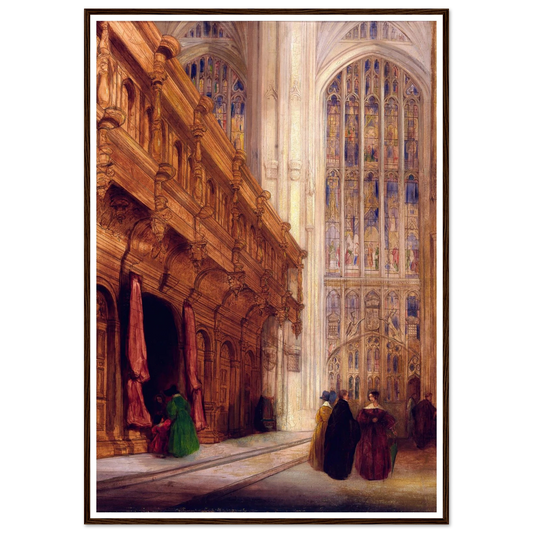
![Karnac [Karnak]. Nov. 29th, 1838 (1846-1849) Art Print | David Roberts - Framed Poster - 30x40 cm / 12x16″ - Black frame](http://quipham.com/cdn/shop/files/8cc67409-dd61-4dc1-8a2c-bc5762bada50.webp?v=1752071530&width=533)
![Karnac [Karnak]. Nov. 29th, 1838 (1846-1849) Art Print | David Roberts - Framed Poster - 30x40 cm / 12x16″ - Black frame](http://quipham.com/cdn/shop/files/3c033199-f6d3-4735-b5bd-7a72776578a1.webp?v=1752071531&width=533)
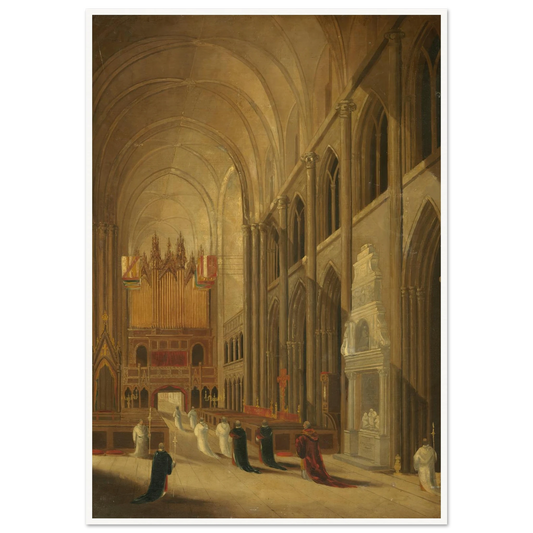
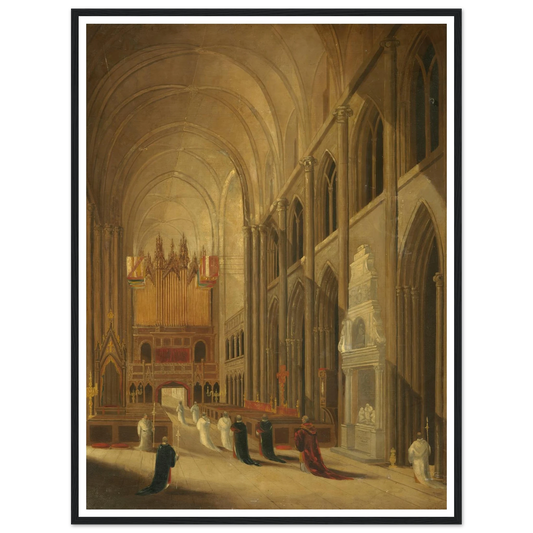
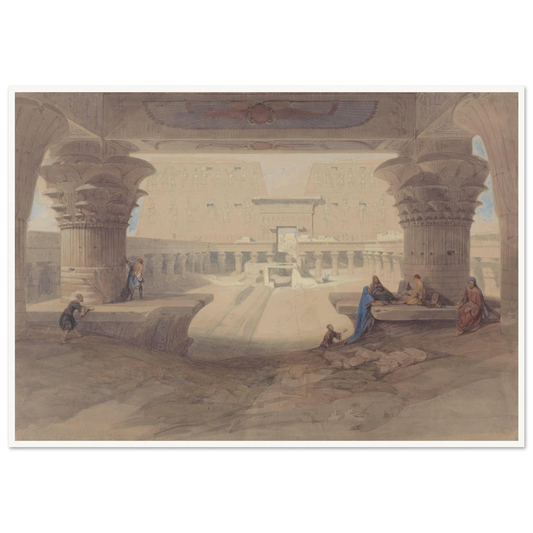
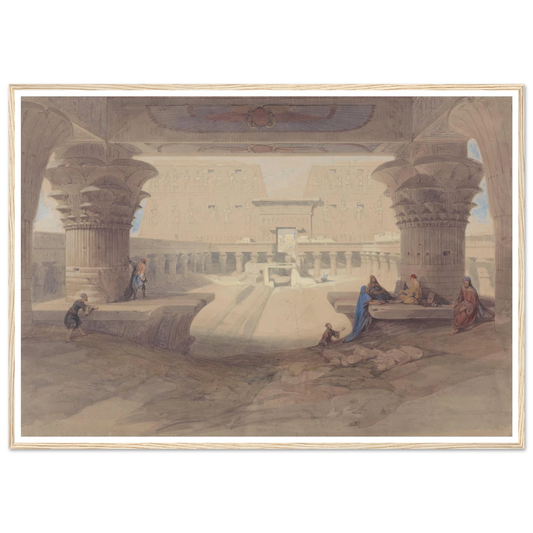
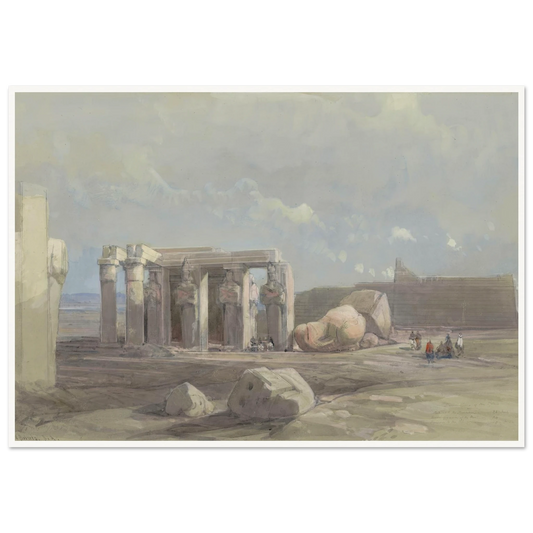
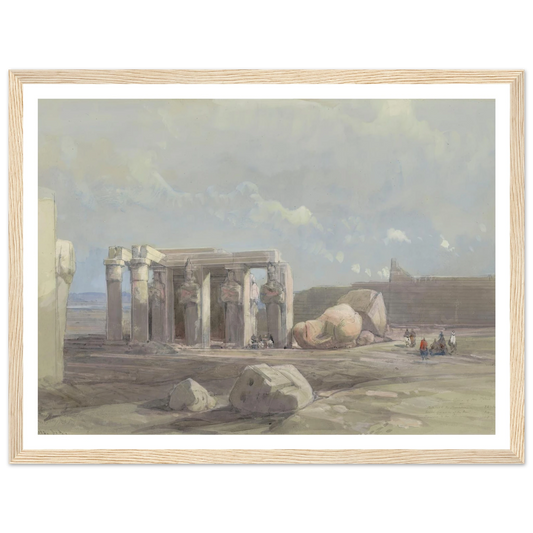
![Entrance to the tombs of the kings of Thebes. Bab-el-Malouk [Bîbân al-Mulûk]. (1846-1849) Art Print | David Roberts - Framed Poster - 30x40 cm / 12x16″ - Black frame](http://quipham.com/cdn/shop/files/b4d42245-4094-426e-b621-66cebe59d136.webp?v=1752070207&width=533)
![Entrance to the tombs of the kings of Thebes. Bab-el-Malouk [Bîbân al-Mulûk]. (1846-1849) Art Print | David Roberts - Framed Poster - 30x40 cm / 12x16″ - Black frame](http://quipham.com/cdn/shop/files/7f3206c0-3fee-4cf2-9e41-1fda92a94d77.webp?v=1752070208&width=533)
